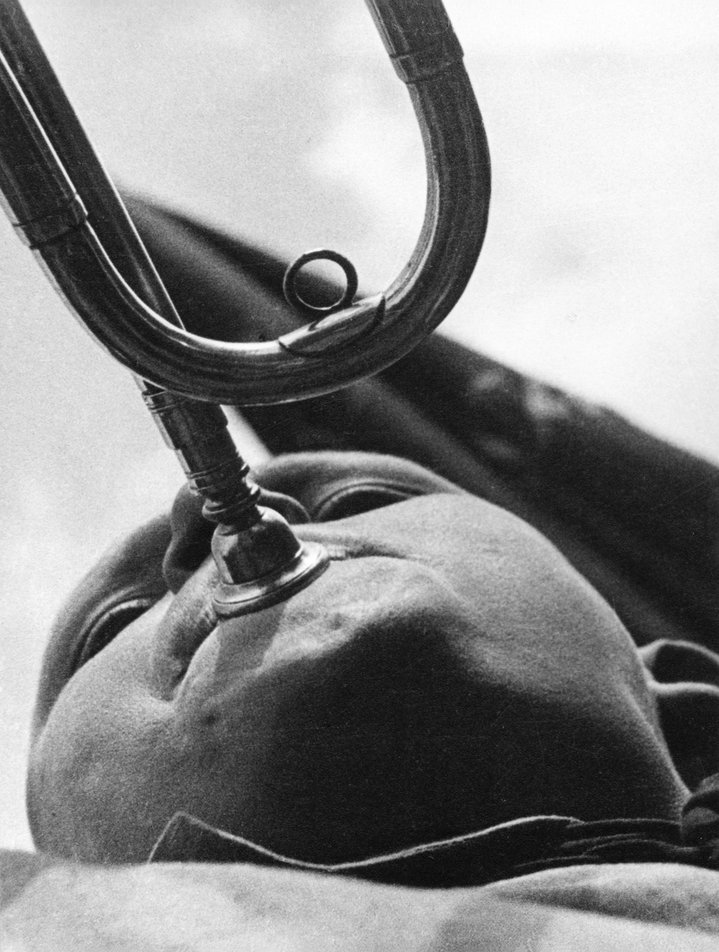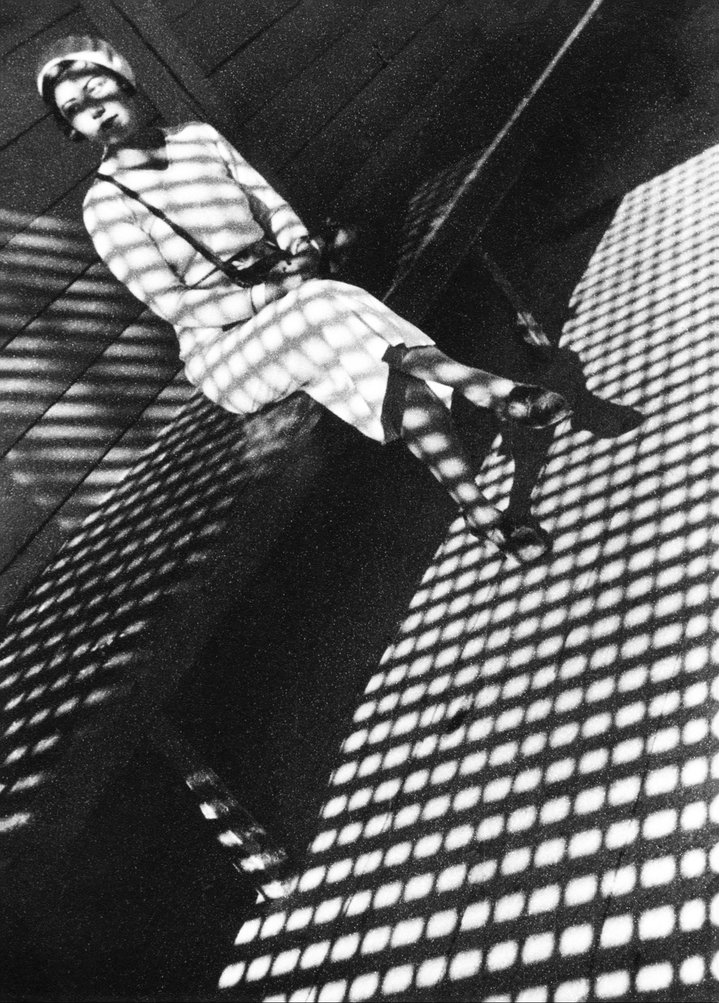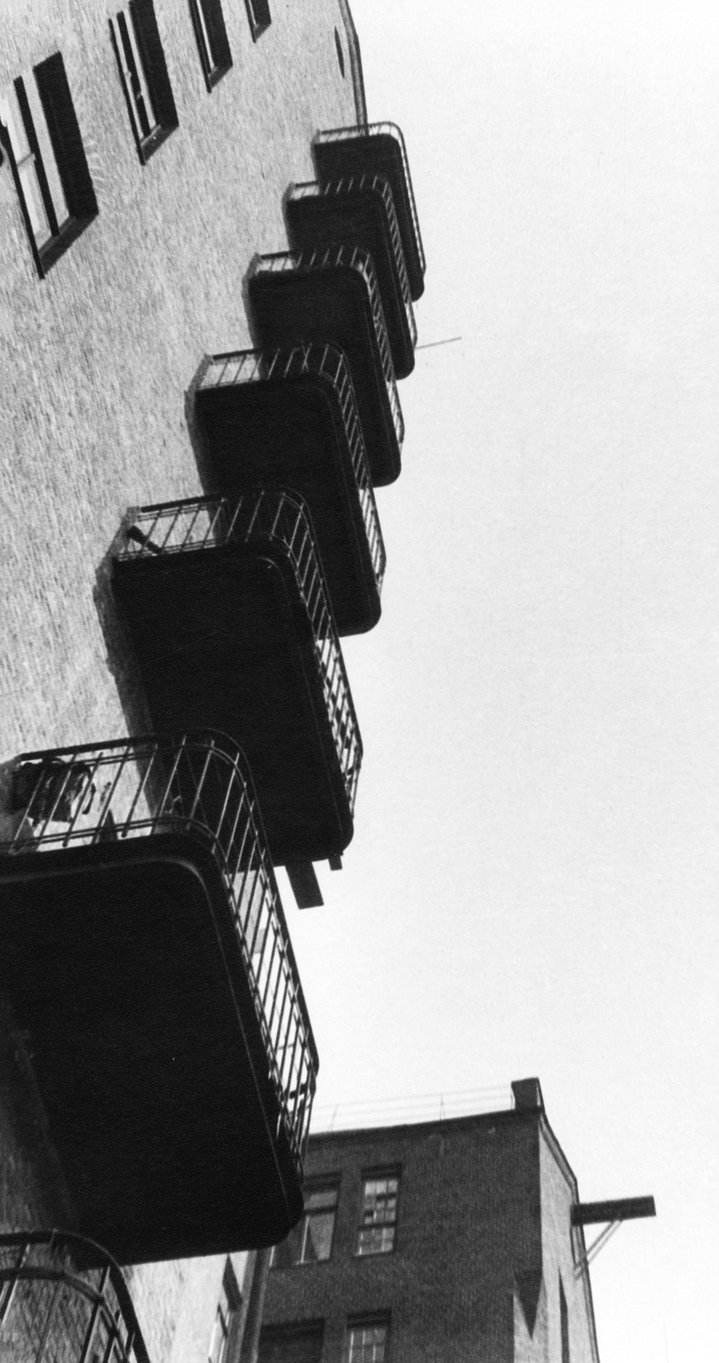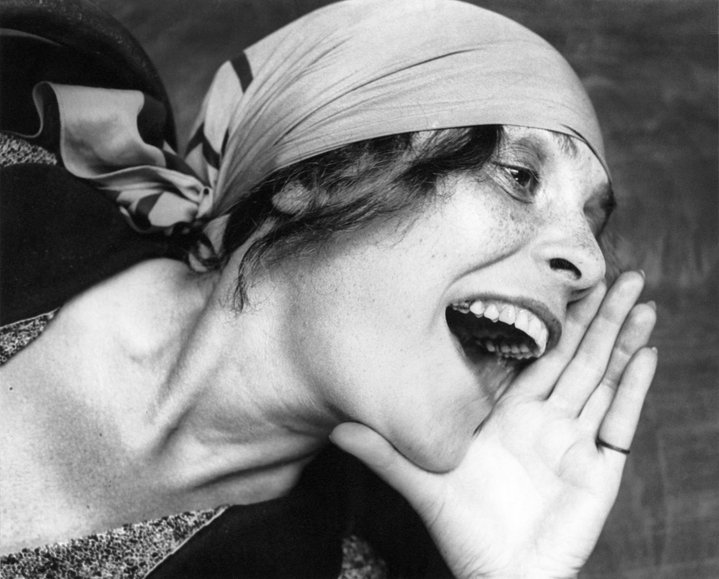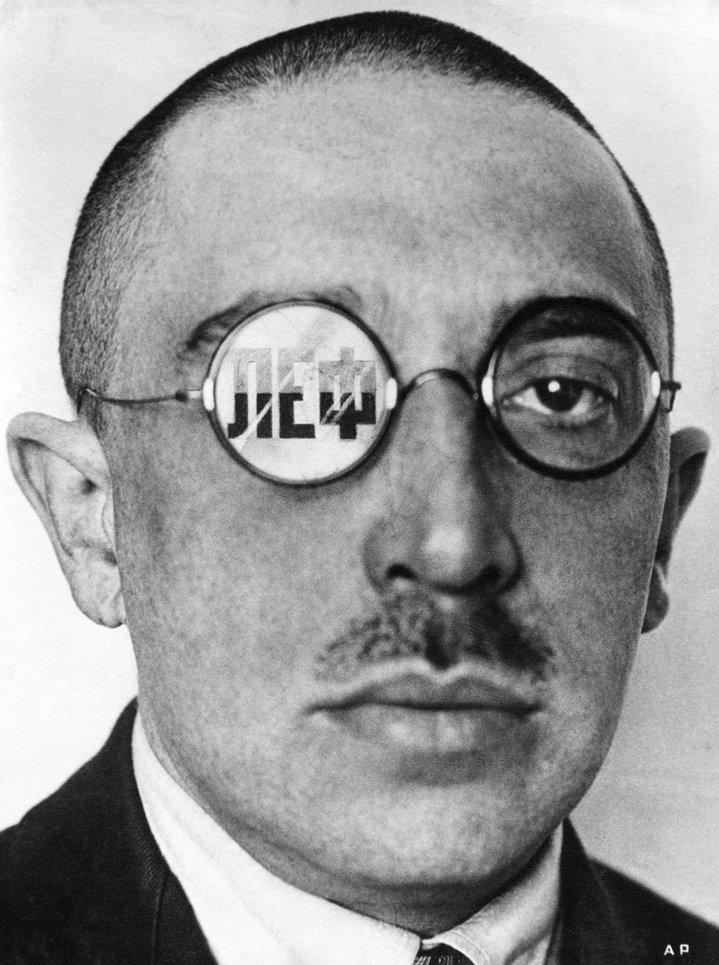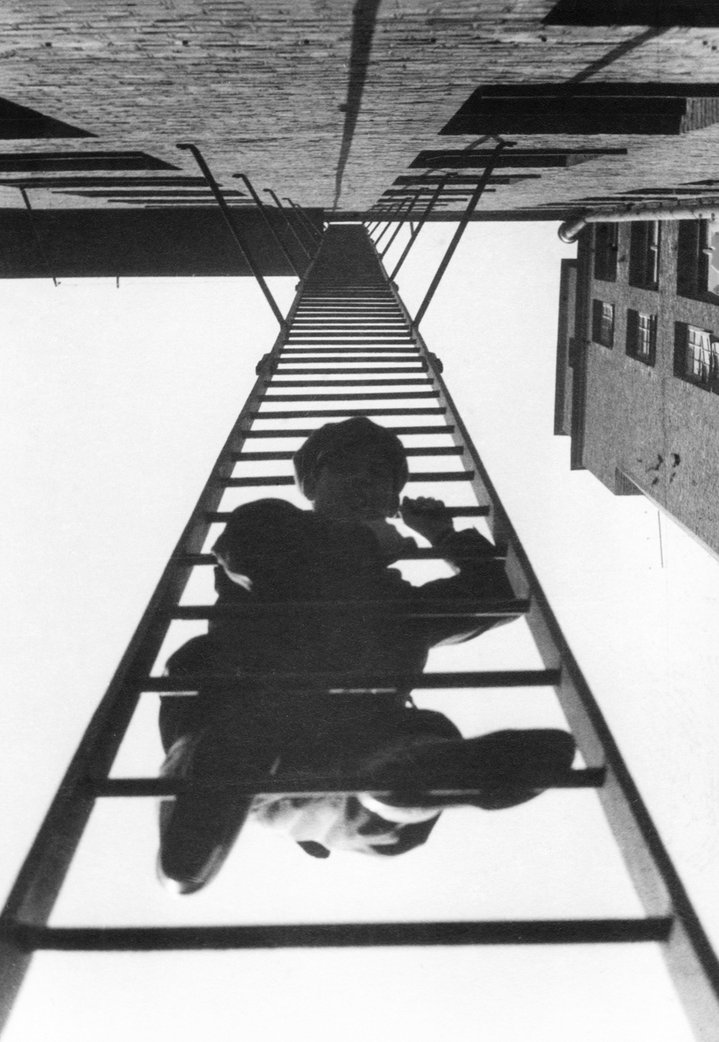Alexander Rodchenko in black and white

Alexander Rodchenko Stairs, 1929
The most iconic images of the photographer and the painter of Russian Avante-Garde will be shown in Moscow’s private Lumiere Brothers Centre for Photography.
When Alfred J. Barr, founder of New York’s Museum of Modern Art, met Alexander Rodchenko (1891–1956) in Moscow in 1927, he was not impressed. “Rodchenko showed us an appalling variety of things, Suprematist paintings… woodcuts, linoleum cuts, posters, book designs, photographs, kino sets, etc,” Barr noted in his diary.
An “appalling variety of things” is perhaps an apt description of Rodchenko’s artistic practice, which encompassed mediums ranging from sculpture to photomontage to theatre design and much beyond. Despite the diversity of his output, Rodchenko’s career began and ended with painting. In 1921, he created three paintings ‘Pure Red Colour’, ‘Pure Yellow Colour’, and ‘Pure Blue Colour’. He displayed them in the ‘5x5=25’ exhibition alongside works by his fellow avant-garde artists, including Varvara Stepanova (1894–1958) and Lyubov Popova (1889–1924).
Like Kazimir Malevich (1879–1935) had done with his iconic Black Square (1915), Rodchenko proclaimed his monochrome triptych to be the death of painting: “I reduced painting to its logical conclusion and exhibited three canvases: red, blue and yellow. I affirmed: it’s all over.” It wasn’t over, however: Rodchenko returned to painting in his later years, producing a number of striking abstract expressionist compositions, which were never seen by his contemporaries, because they did not comply with the state-sanctioned style of Socialist Realism.
In 1931, when the state was beginning its crackdown on culture, Rodchenko was labelled a “formalist” and expelled from the October Group (a collective of Soviet constructivist artists). Before the emergence of this far more authoritarian regime, Rodchenko had been able to marry his radical aesthetics with his radical politics. He was firmly committed to the idea that art should be for the masses, and a part of everyday life. In 1920, he was appointed Director of the Museum Bureau and Purchasing Fund, which paid for the works of a generation of revolutionary artists. It also made him responsible for a vast collections of confiscated art.
During the rest of the 1920s, Rodchenko’s own artworks were produced unwaveringly in the service of the Communist state. His “agitprop” included propaganda posters, cover designs for leftist journals, sets for political films and plays, and red-hued furniture and clothing, works which, despite their utilitarian function, have had a profound impact on the history of art and design. It was Rodchenko’s photography, however, which has had the strongest legacy. His iconic portrait of a shouting Lilya Brik (1891–1978), the mistress of poet Vladimir Mayakovsky (1893–1930), had originally been used for a Soviet poster promoting literacy. However, it has spawned dozens of imitations including the cover of a music album by Scottish indie band Franz Ferdinand.
Rodchenko began taking his pioneering photographs after a trip to Paris in 1925, where he bought two portable cameras. Experimenting with composition and vantage point, he used extreme up and down angles (a trumpeter photographed from below the chin; the ‘Dynamo Sports Club’ shot from a bird’s eye), tilted horizons (a woman walking up stairs; a group of pine trees) and fragmentary close-ups (his mother’s face with a headscarf and pince-nez). Mirroring the dynamic reshaping of the USSR, Rodchenko’s photographs de-familiarised the familiar and challenged viewers to look in new ways. Many of these works will be on display in an exhibition at the Lumiere Brothers Centre for Photography in Moscow, opening in January 2020.
The exhibition will be co-curated by Rodchenko’s grandson, Alexander Lavrentiev, the leading specialist on the subject. The exhibition will feature 58 silver-gelatin prints from two albums of the museum’s portfolio series, published in an edition limited to 35 copies in 1994–1997. The museum portfolio series has been put together by Varvara Rodchenko, Alexander Lavrentiev and the gallery’s owner, Howard Schickler. The Still Art Foundation photos included in the portfolio were printed by Alexander Lavrentiev and Yuri Plaksin in Alexander Rodchenko’s photo laboratory using his original negatives. Almost a century on, Rodchenko’s “appalling variety of things” still look as radical as when he first invented them.
Alexander Rodchenko. From the Still Art Foundation Collection
The Lumiere Brothers Centre for Photography
Moscow, Russia
January 24 – April 5, 2020






